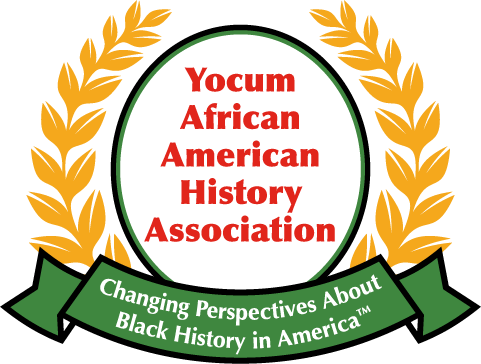“We know we are beautiful. And ugly too…”
-Langston Hughes 1926
A cultural revolution was born in New York City in Harlem. It was a period in time when segregation was quite profound throughout the United States. It was the Harlem Renaissance that established African American intellectuals and artistic expression. This community outside of Manhattan broke barriers, social norms, and other factors. It was a declaration of identity away from the stereotypes influenced by white society. Art became the platform for the birth of self-expression with music, poetry, and clothing. This generation of Black people reached beyond their limitations and created a legacy that still echoes today.
The Great Migration (1910-1970) was when most left mainly the south from plantations, farms, and cotton fields; they set out for the city. Places like Chicago, Los Angeles, Philadelphia, and Las Vegas, NV. While many of these places flourished with Jim Crow Laws, there was a labor shortage in many states, especially in the North. One migrated to these places for a better quality of life from what they had. From this, Black communities were forming in the city. There was a Black middle class in society. Black Americans comprise approximately one-third of the city population. One of the most influential of its time was Harlem, New York.
In Harlem, a tremendous cultural movement in art, literature, and music greatly impacted the Black consciousness worldwide. Artists such as Langston Hughes were involved in literature. Zora Neale Hurston wrote the novel Their Eyes Were Watching God. James Van Der Zee was a photographer who captured the lives of Harlem and New York City residents. Music and performing arts artists, such as Duke Ellington and Fats Waller, were most notable. These artists came from all walks of life in Harlem, especially at rent parties.
Citizens worked hard to earn a living, and rent had to be paid. One unique way was through the creation of rent parties. Tenants would throw a party and hire musicians and bands to play music. The guests who attended the party would contribute money to help the host cover their rent. This was known to be called “passing the hat.” These parties not only assisted the tenants with their rent but were significant in developing jazz and blues. These parties were an escape from everyday life, and many artists who performed at the parties became household names.
The Harlem Renaissance was a flourishing artistic expression and a cultural earthquake. It shattered stereotypes, demanded respect, and awakened a powerful sense of self-worth among Black Americans. The movement’s legacy extends far beyond the 1920s, paving the way for the Civil Rights Movement and inspiring generations of artists and activists. The Harlem Renaissance was not just a moment in history but a foundation for a future built on pride, equality, and the vibrant tapestry of Black culture

